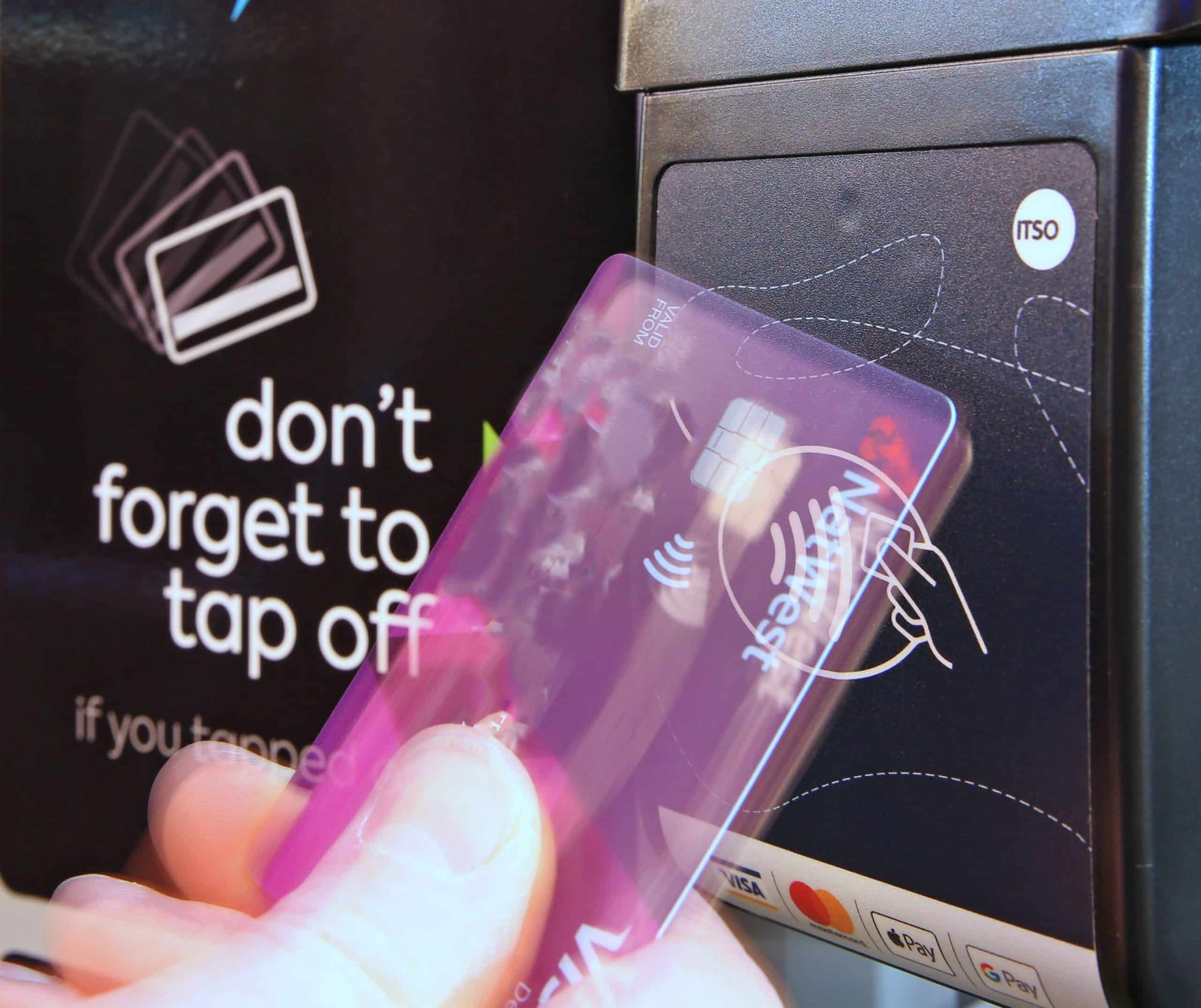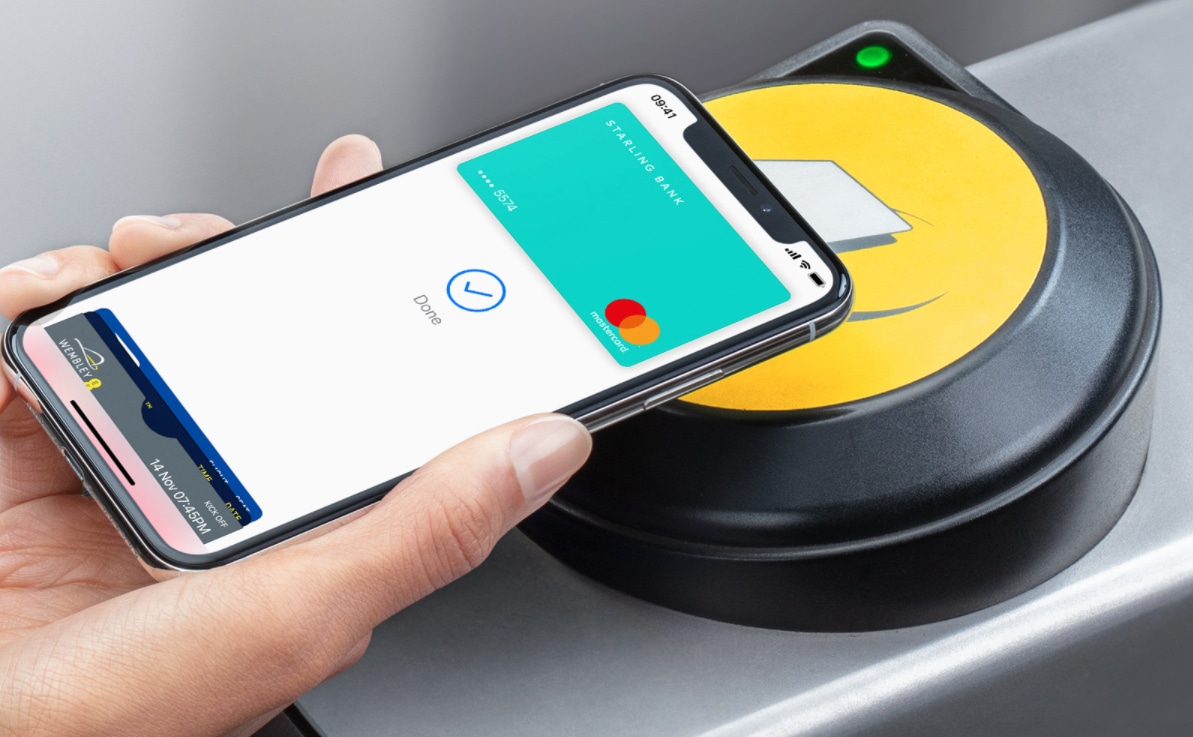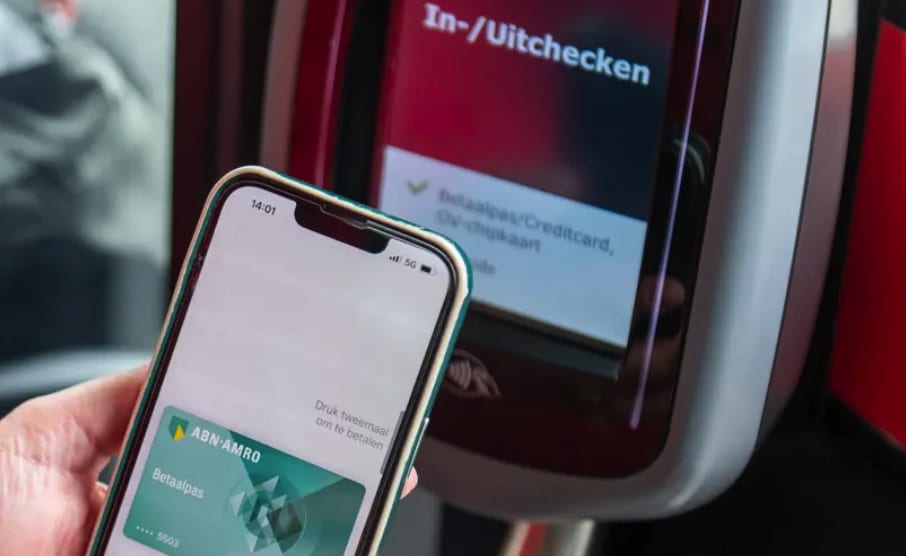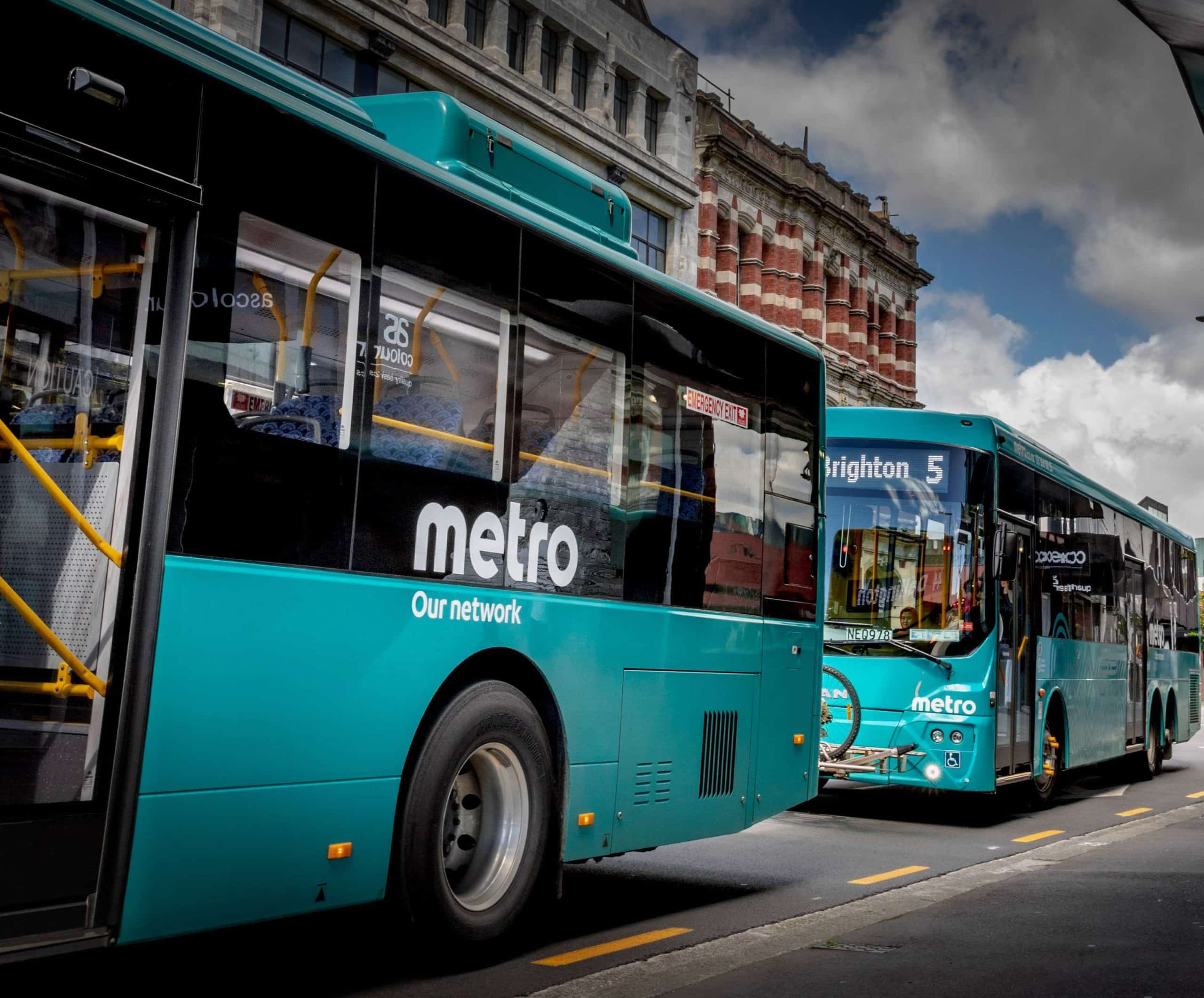
Article Highlights
Transit agencies, depending on their size, are being asked to spend hundreds or thousands to tens of millions of dollars to roll out open-loop payments. Is it worth it? A panel of experts weighs in.
Transport for London, which has seen use of contactless credit and debit cards and NFC wallets to pay fares soar to more than 60% of trips since fully rolling out the technology eight years ago. Other agencies have seen open-loop adoption rates only in the low single digits.
• Transport for London
• Transport for NSW
• Octopus
• EasyCard
• Littlepay
• Calypso
There’s little doubt that open-loop payments is the highest profile trend in the fare-collection industry.


















